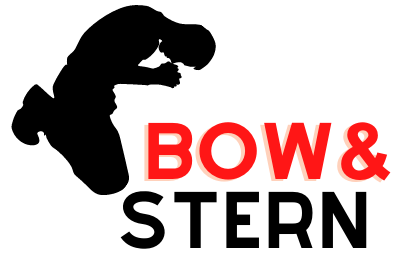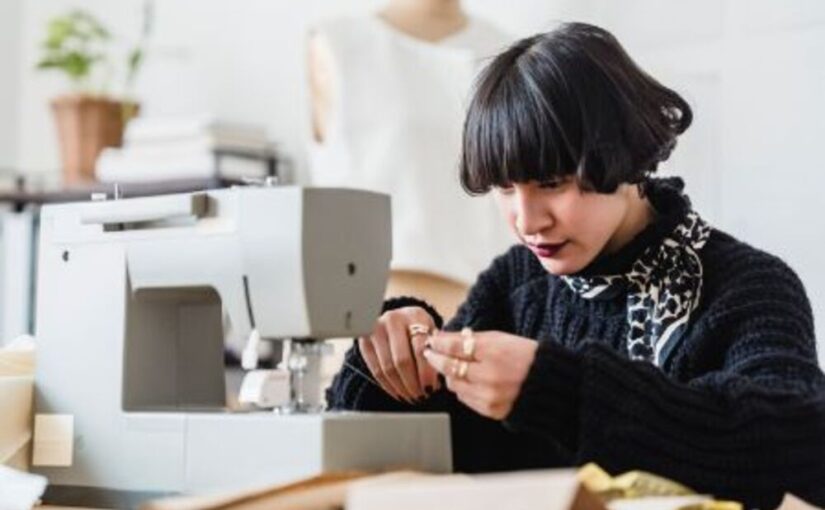You should be familiar with the various types of sewing machines, regardless of whether you are a professional or novice. This will allow you to choose the right machine for you. If you are interested in embroidery, you might want to find a machine with a needle threader. You’ll also need to consider the size of your fabric. You should also consider the weight of your material when you are working with it.
Upholstery
Choosing the right upholstery sewing machine can make your life easier. You will need a machine that can sew all types of fabric if you want to make upholstery materials. A sturdy machine is essential for working with natural materials such as cotton and synthetic materials like leather. Check out for embroidery machine for beginners.
If you are a serious upholsterer, an industrial-grade machine may be necessary. These machines are larger and more powerful than regular sewing machines, and they can sew up to 5500 stitches per minute.
A high-quality industrial machine should have ample work space and adjustable pressure. These features will allow you to work with thicker fabrics, and stronger stitches.
An automatic needle threader is another important feature. This makes it easier to thread the needle and is especially useful for those with poor eyesight.
A walking foot is an option on industrial sewing machines. This allows you to work with difficult materials. It also features a reverse stitch that prevents fraying.
A machine with a built-in lamp will allow you to complete your project at night. Also, make sure to check the warranty coverage. If you don’t have a warranty, you won’t be able to repair it if it breaks down unexpectedly.
The Singer 770 is a great option for upholstery projects. It comes with a 25-year warranty as well as a heavy-duty, metal frame. This machine comes with a hard plastic case and a variety of practical presser feet. It has a drop-in top bobbin, which will protect your projects from jams. It has a range of extra-durable needles designed for upholstery. It also has an instructional DVD and a buttonhole maker.
The Singer 770’s greatest drawback is its lack of light. It does have a servo motor which makes it extremely quiet. It is also one of its most affordable models.
The Singer 770 is a sturdy machine with many useful features, including a 25-year warranty, a walking foot, and an automated needle threader. It is easy to use and the dials make it easy to change settings.
Quilting
It doesn’t have to be difficult to find the best machine for quilting. There are many models to choose from. The best choice for you will depend on what type of quilting your are doing. Your budget will also play a role. A hybrid sewing machine is a good option if you have a tight budget. These machines can be very cost-effective and provide a great experience in quilting.
You will need a strong, reliable machine for quilting. You should be able to stitch through two layers of fabric or batting with the machine you choose. It should also have enough space to hold bulky projects.
To help you with various tasks, your machine should have feet. Some of the feet include the walking foot, the free motion foot, and the quarter inch foot.
A good machine should have a large table area. This is important for free motion quilting. The table should be able to accommodate a large quilt. You should also look for a sewing machine with a needle threader.
A drop feed feature is important for free motion quilting. The drop feed helps you keep your fabric from twisting while you’re stitching. This is especially helpful if you’re attaching zippers.
One of the most attractive features of most sewing machines is their wide selection of built-in stitch options. This feature allows you to create new combinations of stitches. You can also save time by using an automatic bobbin winder.
Another feature that you might find in a quilting machine is a specialized presser feet. These presser feet are designed to handle a variety of different types of fabrics. They have metal teeth that gently grip the fabric to guide it in a straight line.
The Brother PQ1500SL sewing machine is great for quilting. This model has a larger throat than others. This means you can sew on thicker projects with ease. It also has a 1,500-stitch per minute motor.
If you’re new to quilting, a Brother CS7000x is a good choice. The machine is lightweight and easy to use. It features an automatic thread cutter and advanced start/stop button.
Embroidery
Embroidery machines can be used to create patterns on clothing and other fabrics. They can be controlled by computers. Some of them have built in designs while others can be expanded by adding more designs from a CD or USB drive. They can also be used to make decorative stitches.
Typically, an embroidery machine is made up of a frame and a sewing bed with several holes. This is to hold the area of fabric that will be embroidered and to provide tension below the sewing needle. There are many different types of sewing machines for embroidery. Some are single needle, while others are multi-needle.
There are also different ways of stabilizing the fabric. These methods depend on the type of fabric, as well as the complexity of the design. Interfacing can be used on both the top and bottom of fabric.
Some embroidery machines have an automatic needle-threader. This allows you to push the embroidery thread through your machine without changing the thread every time. This makes it easier to create embroidery designs.
Other types of sewing machines for embroidery are computerized. These have a display screen on the front, which allows the user to change the settings of the machine. It allows the user to set up different programs or combine different embroidery stitches. These machines are more costly than other models but are extremely durable and long-lasting.
Modern embroidery machines have a USB port that can be used to upload additional designs. You can also import your designs or buy digitized designs from a business.
In the early days of embroidery the process involved tracing a design onto paper tape and then running it through an embroidery machine. This was done to save production time. Now, almost all of these machines are computer controlled.
The most advanced embroidery machines come with their own embroidery design library. These include pre-set stitch patterns and a selection of favorite embroidery designs. These are great for hobbyists.
Industrial vs domestic
There are big differences between industrial and domestic sewing machines, no matter if you are just starting to sew. These two types are different and have different features. They also use different materials.
The most obvious difference between these two types of sewing machines is the motor. The motors of industrial sewing machines are larger and more powerful, and are built to work at high speeds. This allows for faster stitching, more efficiency, and longer life.
Industrial sewing machines are better for heavy materials and are more robust. Their parts are built to withstand the constant, high-speed use. They have more durable bearings, shafts and gears. Although they are more expensive than domestic sewing machines in general, they can offer great value for money.
Industrial sewing machines are designed for factories or other large businesses. They can handle heavier threads, thicker fabrics, or sergers. They have features that allow you control the tension of the upper thread and the pressure on your feet. You can also use them for free-motion quilting.
Domestic sewing machines are mostly used for personal and home use. These machines are cheaper and more comfortable. They have a lower power output, but can still perform basic projects. They are also great for people who have limited space.
They are not as powerful as industrial sewing machines, but they are perfect for new sewers. They are the perfect choice for anyone who wants to make samples and learn the ropes. They can be used to sew different types of material, such as wool and leather. They are ideal for small sewing shops.
They can also be used for embroidery. This means you can perform decorative stitches without having to wait for the machine to run. A domestic embroidery machine can also be purchased to be used for other projects. You can find these types of machines for around $1,000.
Ask other sewists if you are unsure whether an industrial or domestic machine is right for you. You can also check online for recommendations.

